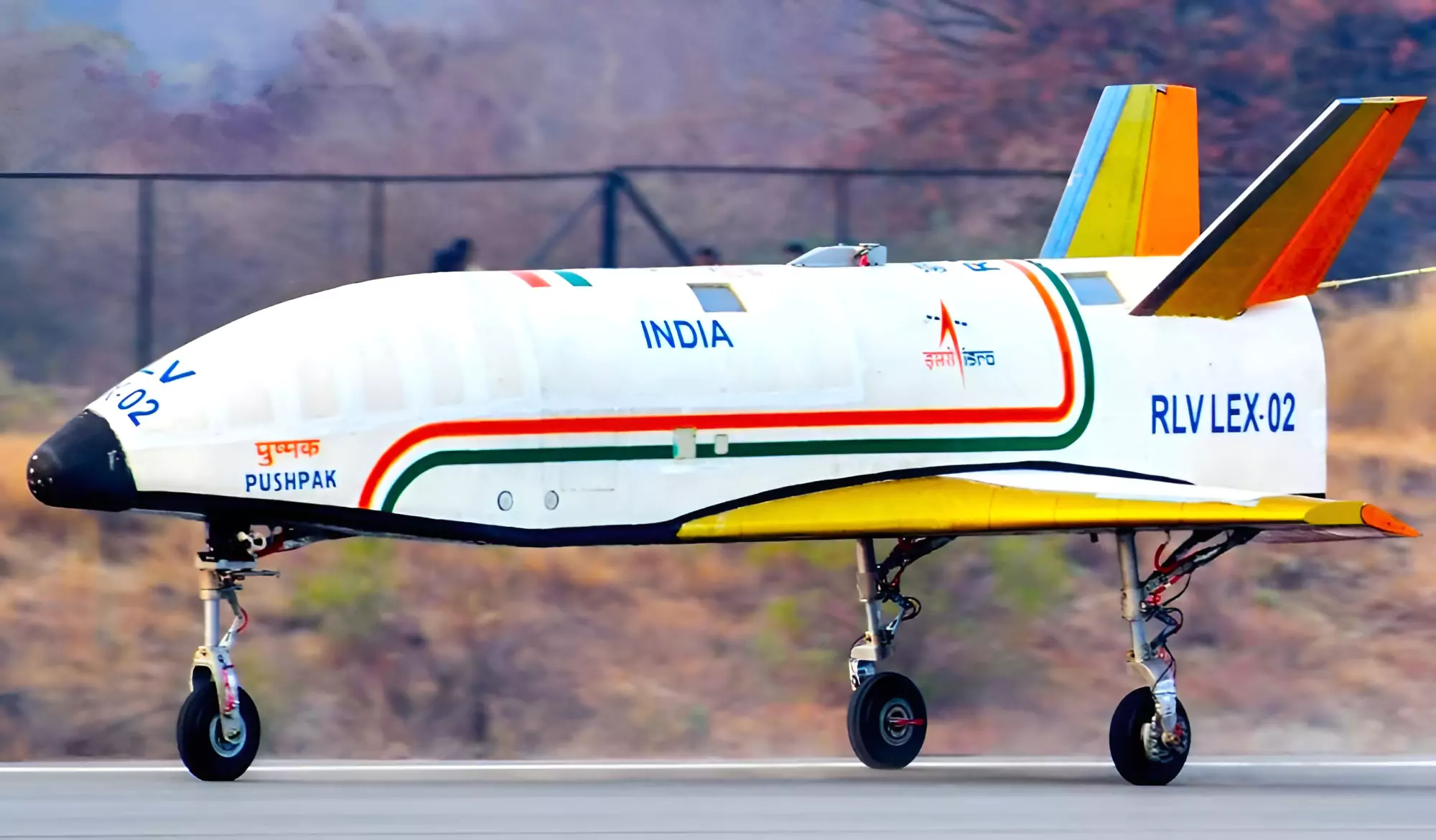The Indian Space Research Organisation (ISRO) has consistently demonstrated its prowess in space technology with numerous successful missions. One of the most groundbreaking developments in recent years is the Reusable Launch Vehicle-Technology Demonstrator (RLV-TD). This innovative project marks a significant step towards making space missions more cost-effective and sustainable. In this blog, we’ll delve into the details of ISRO's RLV-TD, its significance, and what the future holds for reusable space technology in India.
What is RLV-TD?
The RLV-TD is a part of ISRO's ambitious program to develop a reusable launch vehicle that can significantly reduce the cost of launching satellites. The primary objective of this technology demonstrator is to validate various technologies required for the development of a fully operational reusable launch vehicle. The RLV-TD is designed to act like a space shuttle, capable of launching satellites into orbit and then returning to Earth to be used again for subsequent missions.
Key Features and Achievements
1. Advanced Aerodynamics and Design:
- The RLV-TD is designed with advanced aerodynamic features to ensure it can withstand the harsh conditions of re-entry into the Earth's atmosphere. Its design is similar to that of an aircraft, allowing it to glide back to a designated landing site.
2. Winged Body:
- One of the standout features of the RLV-TD is its winged body, which provides the necessary lift and stability during the glide phase of its return journey. This design is crucial for reducing the speed and heat generated during re-entry.
3. Hypersonic Flight Experiment (HEX):
- The first successful flight test, known as the Hypersonic Flight Experiment (HEX), was conducted on May 23, 2016. During this test, the RLV-TD was launched atop a conventional rocket, reached an altitude of about 65 km, and then descended at hypersonic speeds before splashing down in the Bay of Bengal.
4. Autonomous Navigation:
- The RLV-TD is equipped with an autonomous navigation system that allows it to make precise adjustments during its descent. This system ensures that the vehicle can glide back to a pre-determined landing site accurately.
The Significance of RLV-TD
1. Cost Reduction:
- One of the most significant advantages of reusable launch vehicles is the potential for substantial cost savings. Traditional expendable rockets are used only once, making each launch an expensive endeavor. In contrast, reusable launch vehicles like the RLV-TD can be refurbished and flown multiple times, drastically reducing the cost per launch.
2. Sustainability:
- Reusability also contributes to environmental sustainability by reducing the amount of debris generated by space missions. With fewer rocket parts left in orbit or discarded in the ocean, the ecological footprint of space missions can be minimized.
3. Technological Advancement:
- The development of the RLV-TD showcases India's growing expertise in advanced space technologies. It positions ISRO as a significant player in the global space industry and opens up opportunities for collaboration with other space-faring nations.
Future Prospects
ISRO’s work on the RLV-TD is just the beginning. The successful demonstrations and tests pave the way for the development of a fully operational reusable launch vehicle. Future missions will likely focus on refining the technology, improving the vehicle’s reusability, and eventually transitioning to operational flights that can carry satellites and possibly even crewed missions.
Conclusion
ISRO's RLV-TD project is a monumental step towards revolutionizing space travel. By developing reusable launch vehicles, ISRO is not only making space exploration more economical but also more sustainable. As technology matures, we can expect to see India playing an increasingly pivotal role in the global space industry, pushing the boundaries of what is possible and leading the way in innovative space solutions.
Stay tuned for more updates on ISRO’s cutting-edge projects and advancements in space technology. The future of space exploration looks brighter than ever with the promise of reusable launch vehicles!

Comments
Post a Comment